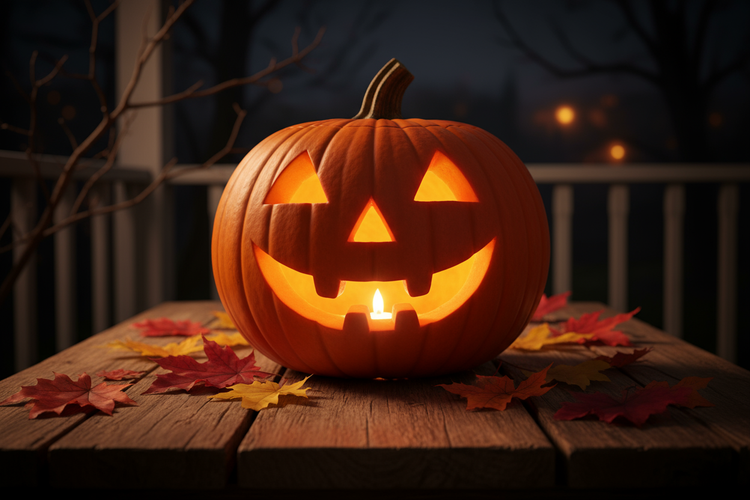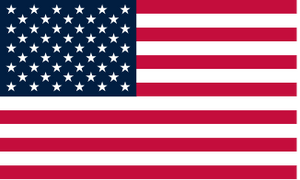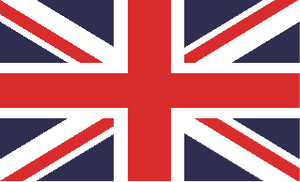It can take a couple of years for your baby's full set of milk teeth to appear, and teething can cause distress for some babies. Read our tips to help them come through it smiling.
#1. When do baby teeth arrive?

Did you know that some babies are born with teeth? Though this is pretty uncommon! The cute front bottom teeth (incisors) usually appear first, followed by the top front (incisors). The top and bottom lateral incisors (either side of the top or bottom front teeth) and the first set of molars and sharp canines come next, followed by the second molars.
Every child is different, but usually teething starts around 6 months and most children have a full, shiny set of milk teeth by the time they are 2½ years old.
#2. What are the signs of teething?
Before the tiny teeth even appear, your baby might have the following symptoms:
- Sore and red gums
- A flushed cheek
- Dribbling more than usual
- Repeated gnawing and chewing on things
- More fretful than usual
#3. How can I help them?

Teething babies love to chew! There’s a huge range of teething rings or toys out there to help soothe your baby’s tender gums and mouth. You can chill some of these teething products but don’t freeze them – this can cause damage to gums. Many parents find teething rings give great relief.
If your tot is 6 months or older, you can also try giving them raw fruit and vegetables or a breadstick to chomp on (but remember to stay close when your baby is eating, in case of choking).
If your little one is really suffering, sugar-free paracetamol or ibuprofen can be given to relieve teething symptoms in babies and young children aged 3 months or older, but always follow the instructions that come with the medicine or check with your GP if you’re unsure.
#4. Don’t be rash
Babies produce more saliva when teething, so have extra muslin clothes and your Pura wipes to hand to clear up the dribbles. Wiping your baby's face right away may help to prevent teething rashes. You may also want to keep a comfy bib on your little one to protect their clothes.
Some parents believe that their babies suffer from teething induced diarrhoea (check with your GP if you’re concerned or unsure), which can lead to nappy rash. Both Pura wipes and nappies are designed to protect sensitive skins and prevent irritation. If you find your baby’s letting loose more regularly, you might need to stock up on extra supplies.
#5. Brush up

From the moment the first pearly-white milk tooth appears, you can get your baby their own toothbrush and toothpaste! The new tooth/teeth should be brushed with a tiny smear of fluoride toothpaste, specially designed for babies, twice a day.
This is also a good time to make your baby’s first dental appointment. Get their teeth checked out and ease them into the habit of dental visits at an early age. And remember to stay away from sugar if you want to keep their brand new gnashers in tip top condition!








